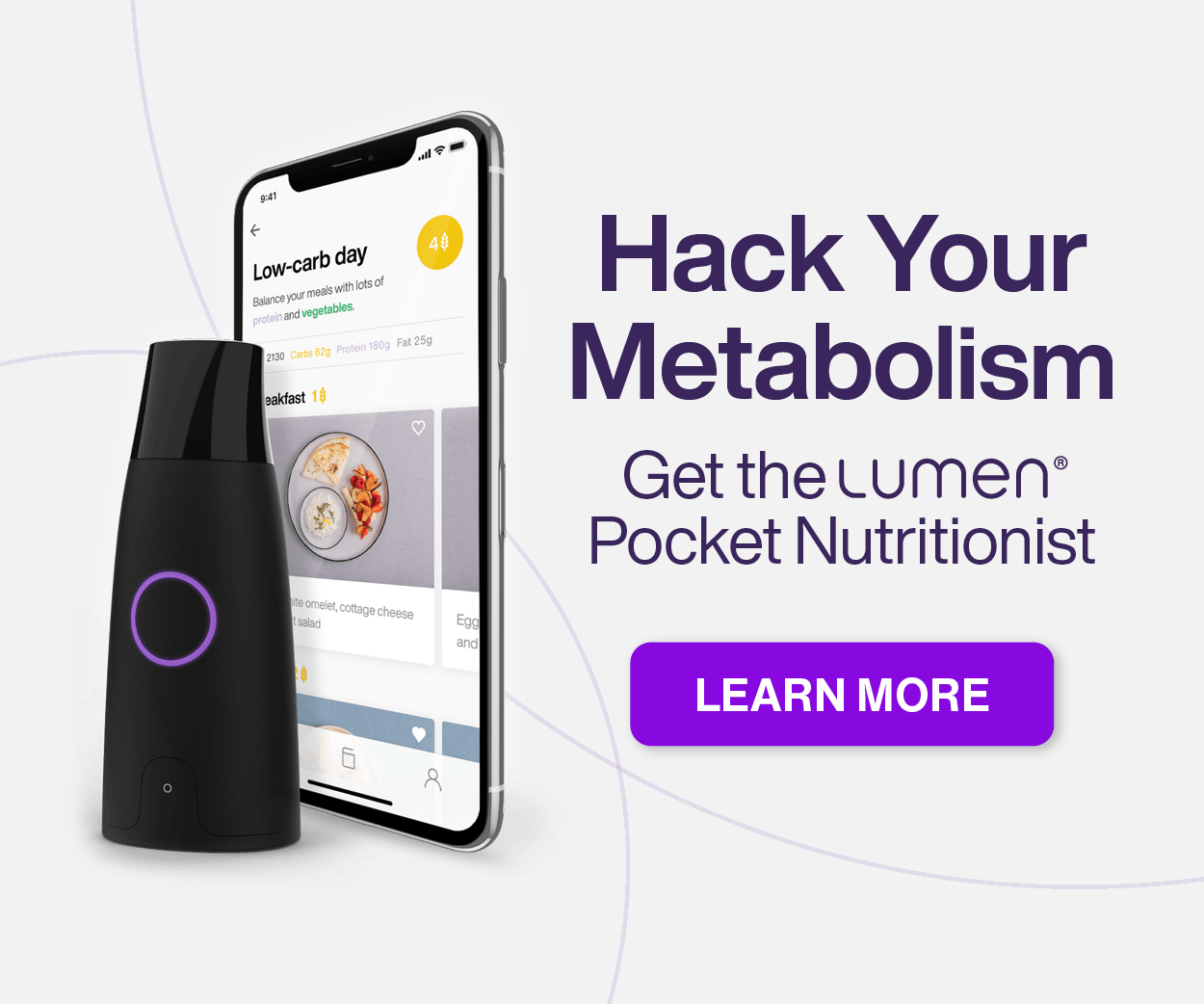 My absolute favorite guru of nutrition and holistic health, John Douillard, posted last week on the importance of drastically increasing our intake of vegetables. Though I stress their importance every day in my work (just ask my clients!), I think his list is a beautiful encapsulation of what all my veggie-pushing is about:
My absolute favorite guru of nutrition and holistic health, John Douillard, posted last week on the importance of drastically increasing our intake of vegetables. Though I stress their importance every day in my work (just ask my clients!), I think his list is a beautiful encapsulation of what all my veggie-pushing is about:
“You know you should be eating your vegetables, but do you know why?
Did you know, for instance, that eating more vegetables can help you reduce stress, increase attentiveness, reduce cravings, and lose weight?
The truth is, while most of us know we should be eating plenty of vegetables, few of us actually eat enough. The US Food Guide Pyramid recommends that we eat 3-5 servings of veggies a day, yet studies show that only 22% of Americans do.
Here are 10 reasons you may not have known for piling on those greens. Once you read these top ten unsung reasons for eating veggies, I hope you will have all the motivation you need.
Number One: A Reason to Chew
Have you ever eaten a bowl of fresh, either lightly steamed or raw veggies? If you have, you may have noticed one simple fact – it takes time to chew.
Unlike a sandwich, which you can eat quickly, eating veggies demands more dedication to chewing.
…Here is a list of amazing benefits to be reaped from chewing:
- Chewing stimulates the production of salivary digestive enzymes like amylase in saliva, which lubricate the esophagus and the chewed food in the digestive tract.
- Chewing relaxes the end of the stomach – called the pylorus – allowing food to be released into the small intestine more easily.
- Chewing stimulates taste receptors in the mouth, which in turn triggers the release of hydrochloric acid, or HCL, in the stomach. HCL is responsible for processing hard-to-digest proteins, like casein in dairy and gluten in wheat.
- Inadequate chewing has been linked to digestive issues such as gas, bloating, and other forms of indigestion.
- Chewing also forces us to relax and take time to eat, rather than race through every meal.
In other words: The more you chew, the better you digest. So sit down to a meal of veggies and chew your way to better digestion.
Number Two: Take it From the Gorillas
Gorillas, whose digestive system most resembles that of humans, eat more than half their body weight in ounces of vegetables a day. They literally spend all day munching on veggies. While it may be unrealistic to match their consumption, experts agree we should be eating up to one, or even two, pounds of veggies each day.
Gorillas also eat fruits, grains (in their natural unprocessed form), and a small amount of meat.
Number Three: Release those Toxins
Vegetables are loaded with fibrous cellulose, which scrubs the intestinal villi, provides bulk for the stool, and binds toxins for escort out of the body. Without enough cellulose in the digestive tract, bowel movements – and the consequent elimination of toxins – are dramatically compromised.
Cholesterol, along with other toxins, is attached to bile in the liver. Vegetable cellulose attaches to the bile and escorts it, with toxins in tow, out of the body through the stool. Without enough vegetable cellulose in the diet, up to 94% of the bile (with cholesterol and toxins attached) is re-absorbed by the liver and the blood, which raises cholesterol and increases risk of cardiovascular disease.
Number Four: Your Armor Against Heart Disease
Most Americans gets their cholesterol tested regularly to screen for heart disease, the number one killer of Americans. The cholesterol that is connected with heart disease is called low-density lipoprotein, or LDL, and is often referred to simply as, “the bad cholesterol”.
Cholesterol becomes “bad” through the process of oxidation.
Vegetables are the number one source of antioxidants in the diet, neutralizing the process of oxidation. When vegetable intake is low, antioxidant levels crash, allowing the fats in the blood to oxidize. Low vegetable consumption is directly linked to the oxidation of LDL and, ultimately, high cholesterol and heart disease.
Major protective phytonutrients found in vegetables, including flavonoids and carotenoids, have been shown to reduce heart disease, high blood pressure, diabetes, obesity, and some cancers.
Number Five: The Ultimate Low-Calorie, Blood-Sugar Stabilizing Food Group
Vegetables are extremely low in calories. A cup of vegetables averages about 50 calories. By contrast, nuts and seeds can have as many as 750 calories per cup. Moreover, the body uses almost the same amount of energy to chew and digest vegetables as it receives from them, thus, they are called a “free food,” or a food with a very small caloric load.
Breaking down the cellulose fibers in vegetables takes time, which allows the carbohydrates to be released slowly. This helps keep the blood sugar stable. You can see why vegetables are the ultimate low calorie, blood-sugar stabilizing food group.
Vegetables are also low in fat and have zero cholesterol. In fact, 95% of all vegetables have less than one gram of fat per serving. Eating plenty of vegetables stimulates the breakdown of fat already stored in the body, and helps the body burn this fat for energy.
Number Six: Alkalize!
Most experts agree that the diet for optimal health should be 1/3 acidic and 2/3 alkaline. In nature, the winter harvest is a mostly acidic one, high in grains and meats. In the spring and summertime, nature’s bounty of alkalizing fruits and vegetables helps the body naturally detoxify the heavy stores of winter.
Alkalizing the body helps keep the blood healthy and the lymphatic system moving, maintaining a constant natural detox.
Challenge yourself this spring to make two-thirds of your diet alkaline – it is more challenging than you might think!
Number Seven: Balance the Six Tastes
Vegetables provide the body with the oft-overlooked tastes of bitter, astringent, and pungent. In a society largely addicted to the sweet, sour, and salty tastes, large amounts of vegetables have been replaced with a diet rich in grains and bread, meats, dairy, and eggs.
According to Ayurveda, the six tastes are to be included with each meal. This balances not only the body, but the mind and emotions as well. In Ayurveda, the word for “taste” – rasa – is the same as the word for “emotion,” echoing that food is fuel for the body, mind, and spirit.
A diet high in the sweet and salty tastes can overly-satisfy the senses and, in time, create a dependency on those sweet and salty foods. Studies show that these foods activate dopamine receptors in the brain.
Dopamine is the “I’ve gotta have it hormone,” and it plays a part in any addiction. It is a “diminishing” hormone, meaning that the more you stimulate it, the more of a substance it takes to stimulate it to the same degree. Soon, the natural sweet taste of vegetables (think of them as complex sugars wrapped in fiber) gets replaced with the more potent, quick-acting sweet taste found in breads, dairy, and sweeteners.
To balance this major cultural addiction to the sweet and salty tastes, we must significantly reduce those tastes and add generous, nearly gorilla, amounts of veggies back into the diet!
Number Eight: Spring Cleaning
In the spring, when the snow begins to melt and the ground softens, deer dig up rhizomes to eat. Rhizomes, or surface roots, are loaded with astringent and bitter constituents that scrub the intestinal villi of old and hardened mucus congestion. It is like a spring cleaning of the gut. These early spring roots also stimulate liver function and blood purification. So don’t forget the root vegetables like beets, burdock, carrots, ginger, radish, onions, garlic, dandelion, turmeric and most spices.
Number Nine: Nature’s Pro-Biotics
Green vegetables, especially the spring greens, are loaded with chlorophyll. Chlorophyll fertilizes the intestinal villi and aids in the proliferation of the good intestinal bacteria, which are essential for digestion, assimilation, detoxification, and intestinal waste removal. This is a natural way to get the pro-biotic result, without a supplement. In contrast, most pro-biotic supplements do not encourage the growth of your own flora. They work well only while you take them, but the benefits stop when you discontinue taking them.
The production of intestinal flora may be one of the most important factors linked to optimal health. When we take nature’s cue and load our diet with alkalizing veggies in the spring, we naturally restore healthy intestinal flora.
Number Ten: Vitamins and Minerals (That Your Body Doesn’t Make)
Vegetables deliver vitamins that the body does not make, including the water-soluble B-complex vitamins such as B1, B2, B3, B5, B6, B12, biotin, and choline, as well as Vitamin C. The water-soluble vitamins are not stored in the body, so they must be ingested daily. Without adequate amounts of veggies in the diet, many of these vitamins may become deficient.
Vegetables are also a rich source of the fat-soluble vitamins A and K, and some Vitamin E.
Vegetables are also the primary source of minerals in the diet. For instance, the main source of calcium for humans should not be dairy, but green leafy veggies. As far back as 1936, in a well-publicized report entitled, “Document 264 from the Department of Agriculture”, the 74th Congress stated that, “99% of the American people are deficient in minerals, and a marked deficiency in any one of the more important minerals actually results in disease.”
That same report from 1936 stated that, “virtually all soils in the United States are mineral deficient.” In 2001, The Journal of Complimentary Medicine pointed out that US and UK Government statistics showed a decline in trace minerals of up to 76% in fruit and vegetables from 1940 to 1991.
Perhaps this makes a case for mineral supplementation, but first and foremost, we must focus on getting as many veggies in our diet as we can!
* Always eat organic when possible.
Top Tip for Getting More Veggies:
Try veggies for breakfast! Start the day off right by adding steamed greens to your am fare. It might seem unusual at first, but you’ll quickly get used to how good you feel.”
Check out some delicious veggie recipes on our Healthy Recipes page!
———
Natasha Uspensky, chhc, aadp
NU Health & Wellness
Like this:
Like Loading...
 are really necessary?
are really necessary?


















